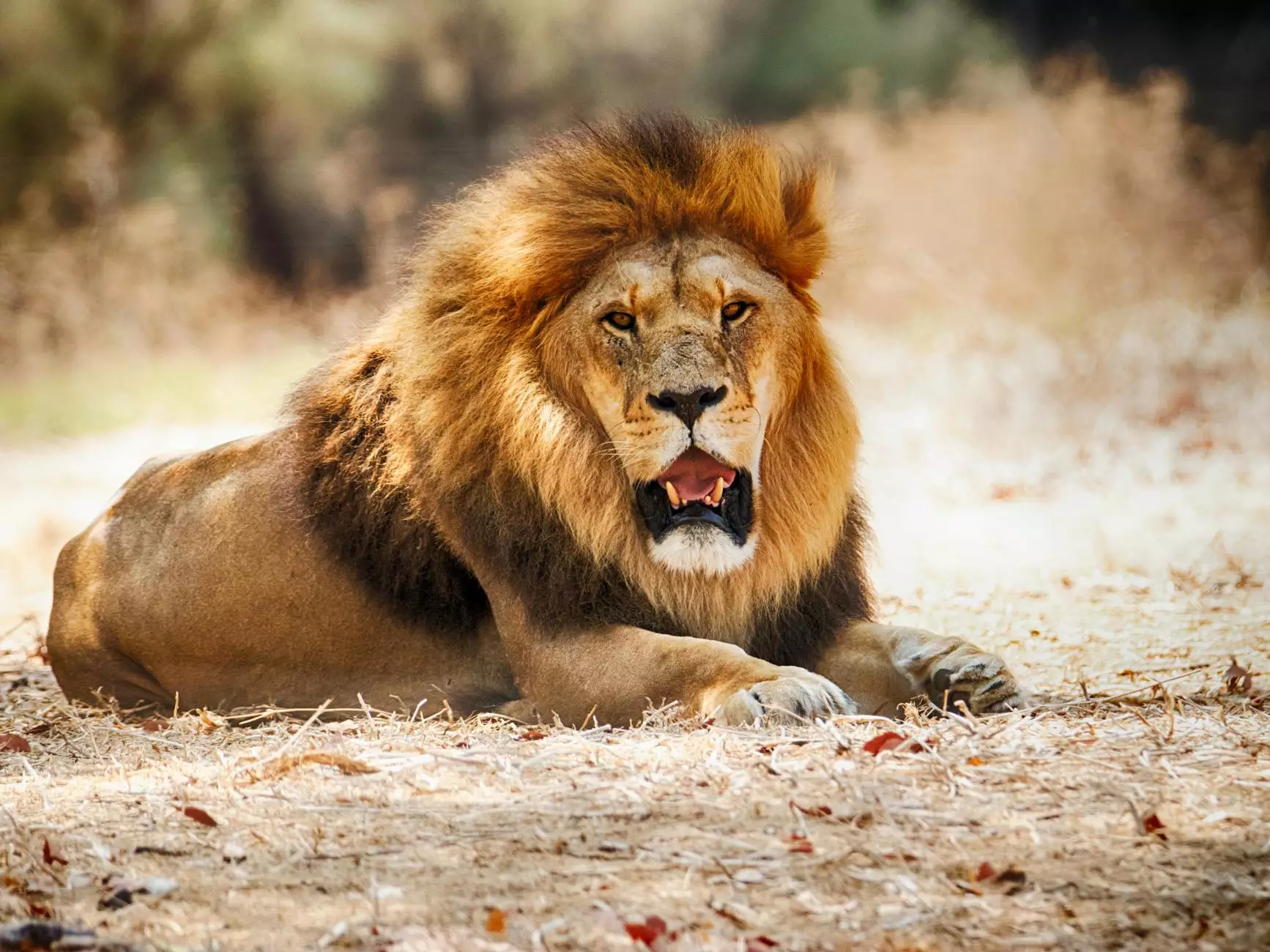Adaptations of Camel in the Desert

The camel is a remarkable creature with unique adaptations that enable it to thrive in the harsh desert environments where water and vegetation are scarce. Camels have evolved several physiological and behavioral traits that help them survive in extreme conditions.
Structural Adaptations
One of the key structural adaptations of camels is their hump. Contrary to popular belief, a camel's hump is not filled with water but with fat reserves that serve as an energy source when food is scarce. This adaptation allows camels to survive long periods without water, making them well-suited to desert life.
Camels also have unique feet adaptations that help them walk on hot sand without sinking. Their broad, flat hooves have thick calloused pads that provide insulation against the heat and prevent them from sinking into the sand.
Functional Adaptations
Camels have several functional adaptations that allow them to conserve water more efficiently. Their kidneys are highly specialized to reabsorb water from their urine, producing concentrated urine and minimizing water loss.
Furthermore, camels have a unique ability to regulate their body temperature in response to changing environmental conditions. Their thick coats help them stay warm during cold desert nights and provide insulation against the scorching sun during the day.
Behavioral Adaptations
In addition to their physical adaptations, camels exhibit behavioral adaptations that help them survive in the desert. They are known for their ability to go long periods without drinking water and can consume large amounts of water in a short time when it's available. This ability to store water in their bodies enables camels to endure days without access to water sources.
Adaptations for Camels in the Desert
Camels have a range of adaptations that make them uniquely suited to life in the desert. Their ability to survive in extreme conditions has made them invaluable to human societies in arid regions, serving as essential transport animals and sources of milk, meat, and wool.
Conclusion
In conclusion, the adaptations of camels demonstrate the remarkable ways in which animals can evolve to thrive in challenging environments. From their structural features to their behavioral strategies, camels are truly remarkable creatures that have mastered the art of survival in the desert.
Explore more about camel adaptations and discover the fascinating world of these resilient desert animals.



